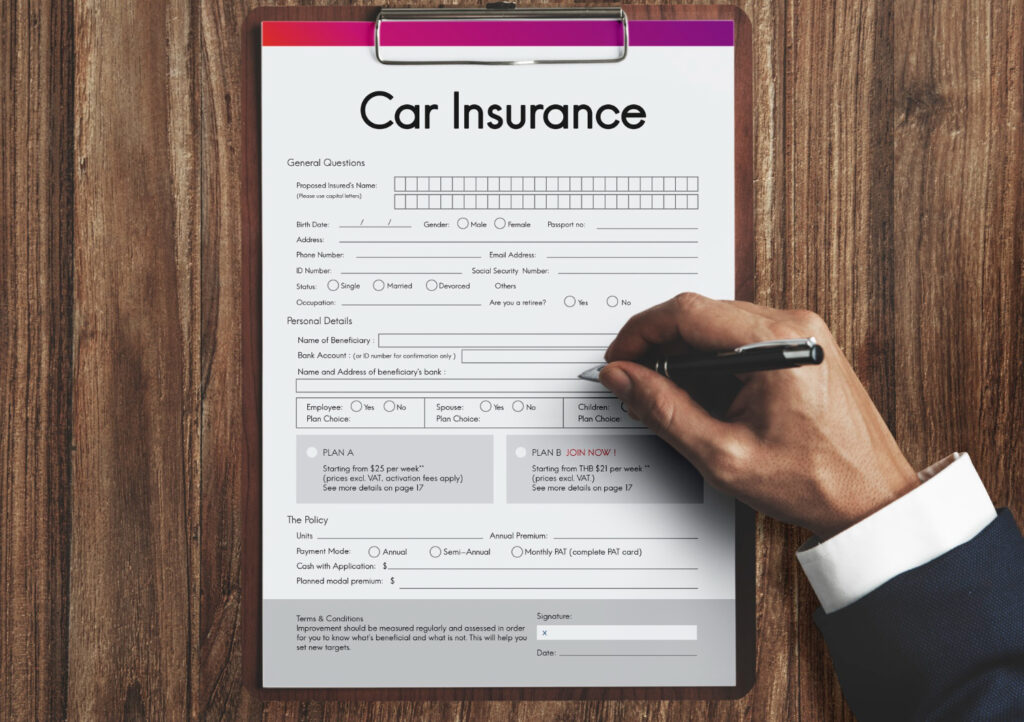Car insurance Rates is an indispensable financial safeguard, ensuring drivers remain protected from unforeseen expenses in the wake of accidents, theft, or damages.
However, many motorists often find themselves bewildered by fluctuating car insurance rates, uncertain of what drives the cost of their policies upward or downward.
Understanding the myriad factors influencing these rates can empower consumers to make informed decisions and potentially reduce their premiums.
1. Personal Driving Record and Claims History
Insurance companies meticulously analyze a driver’s history to assess risk. Individuals with a pristine record—free from accidents, traffic violations, and claims—typically enjoy lower car insurance rates.
Conversely, frequent claims or a pattern of reckless driving signals a higher probability of future incidents, leading to increased premiums.
Some key elements insurers evaluate include:
Traffic Violations: Speeding tickets, DUIs, and reckless driving citations dramatically impact rates.
Accident History: Even minor at-fault accidents can lead to surcharges.
Claim Frequency: Frequent claims suggest higher risk, even if they’re for minor repairs.
Maintaining a clean driving record and avoiding unnecessary claims can significantly lower insurance costs.
2. Vehicle Type and Safety Ratings
The make, model, and year of a vehicle play a pivotal role in determining car insurance rates.
High-performance sports cars, luxury vehicles, and models with poor crash test ratings generally attract higher premiums due to their repair costs and theft susceptibility.
Factors considered include:
Car Value: Expensive vehicles cost more to repair and replace.
Safety Features: Advanced driver-assistance systems (ADAS), anti-lock brakes, and airbags can lower premiums.
Theft Risk: Some models are stolen more frequently, leading to increased costs for comprehensive coverage.
Choosing a car with strong safety ratings and built-in security features can yield lower insurance costs over time.
3. Age and Experience of the Driver
Younger, inexperienced drivers are statistically more prone to accidents, leading to elevated car insurance rates.
Teens and young adults under 25 often pay significantly higher premiums than older, more experienced drivers.

Insurers consider:
Years of Driving Experience: More years behind the wheel equate to lower perceived risk.
Accident Risk by Age Group: Teenage drivers pose the highest risk, leading to substantial premiums.
Adding a young driver to a family policy can sometimes reduce costs compared to a standalone policy.
4. Location and Driving Environment
Where a driver resides plays a crucial role in determining car insurance rates. Urban areas often experience more traffic congestion, crime, and higher accident frequencies, leading to increased premiums.
Key geographic factors include:
Population Density: Heavily populated cities have greater accident risks.
Crime Rates: High theft and vandalism rates in a region can impact costs.
Weather Conditions: Areas prone to extreme weather (hurricanes, hailstorms, floods) may see higher insurance rates.
Relocating to a suburban or rural area can sometimes lead to lower insurance costs due to decreased accident and crime rates.
5. Annual Mileage and Usage Of Car Insurance Rates
The more a vehicle is driven, the higher the likelihood of an accident. Insurers assess annual mileage and vehicle usage patterns to calculate car insurance rates. Considerations include:
Commuting Distance: Long daily commutes result in higher premiums.
Business vs. Personal Use: Vehicles used for business purposes often attract higher rates.
Low Mileage Discounts: Some insurers offer discounts for drivers who travel fewer miles annually.
Enrolling in a pay-per-mile insurance plan may be beneficial for those who drive infrequently.
6. Financial Stability Of Car Insurance Rates
Many insurance providers consider an individual’s credit score when determining insurance rates. A strong credit history often correlates with responsible behavior, leading to lower insurance costs.

Insurers examine:
Credit-Based Insurance Score: A proprietary calculation based on credit history.
Debt-to-Income Ratio: High debt may indicate financial instability, increasing perceived risk.
Improving credit health through timely bill payments and reducing outstanding debt can positively impact insurance premiums.
7. Coverage Levels and Deductibles Of Car Insurance Rates
The type and extent of coverage selected significantly affects. While opting for minimum coverage may result in lower premiums, it may leave drivers financially vulnerable in the event of an accident.
Important aspects to consider:
Liability vs. Full Coverage: Liability-only policies are cheaper but offer less protection.
Deductibles: Higher deductibles typically lower premiums but increase out-of-pocket costs during a claim.
Add-Ons: Roadside assistance, rental car reimbursement, and uninsured motorist protection can increase costs.
Striking the right balance between affordability and comprehensive protection is essential.
8. Marital Status and Gender
Statistically, married individuals tend to have fewer accidents compared to single drivers, often resulting in lower car insurance rates.
Gender also plays a role, though its influence varies by state due to regulatory restrictions.
Key findings include of Car Insurance Rates:
Married vs. Single: Married drivers may receive lower premiums.
Gender-Based Pricing: Young male drivers typically pay more than females due to higher accident rates.
While some states have banned gender-based pricing, it remains a consideration in others.
9. Discounts and Loyalty Programs Of Car Insurance Rates
Insurance companies offer various discounts to incentivize safe driving and customer retention.
Some common ways to lower car insurance rates include:
Bundling Policies: Combining auto and home insurance can yield discounts.
Good Driver Discounts: Accident-free drivers may qualify for lower rates.
Defensive Driving Courses: Completing a certified course can lead to discounts.
Loyalty Rewards: Long-term customers may receive preferential pricing.
Taking advantage of these opportunities can lead to substantial savings.
Conclusion:
Understanding the numerous variables affecting car insurance rates allows consumers to take proactive measures in minimizing costs.
Maintaining a clean driving record, selecting a safe and affordable vehicle, improving credit health, and leveraging available discounts can all contribute to more favorable premiums.
By regularly reviewing and comparing policies, drivers can ensure they receive the best possible coverage at the most competitive rates.


